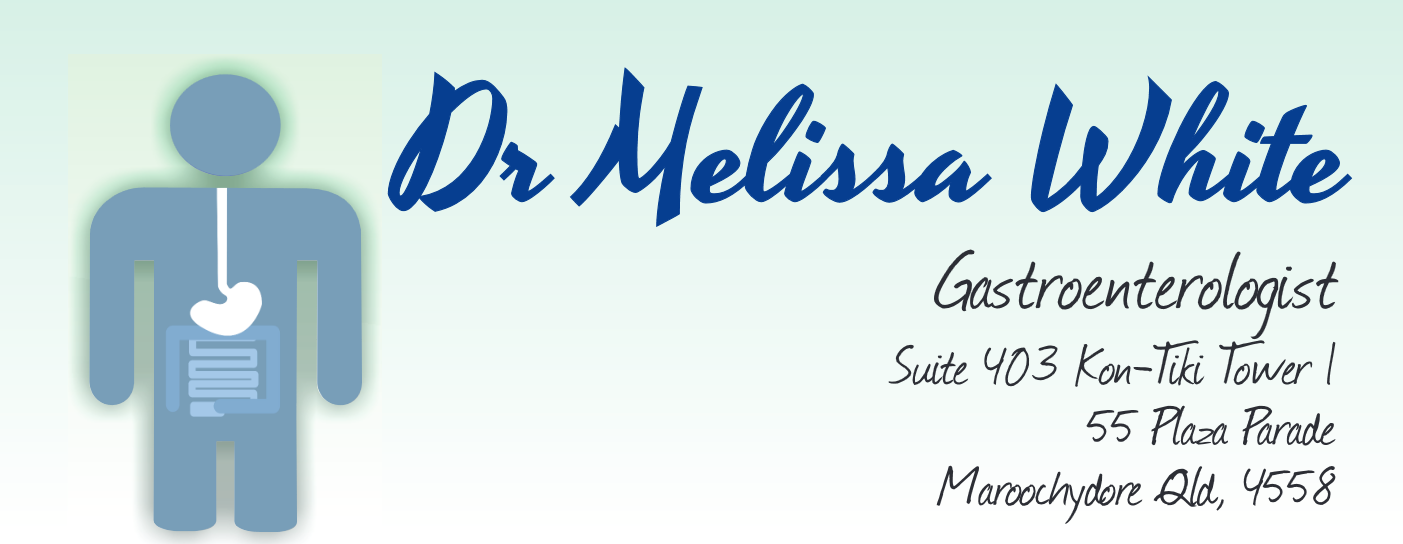Food Allergies/Intolerances
Food allergy and food intolerance are commonly confused, as symptoms of food intolerance occasionally resemble those of food allergy. However, food intolerance does not involve the immune system and does not cause severe allergic reactions (known as anaphylaxis). Food intolerance also does not show on allergy testing. Food intolerance can be a difficult concept to understand and is poorly understood by doctors as well.
Sometimes, substances within foods can increase the frequency and severity of migraine headaches, rashes (such as hives) or the stomach upset of irritable bowel. Coincidence can often confuse the issue, as we spend many of our waking hours eating or drinking. Professional diagnosis and confirmation of allergens is important. In Australia, about one in 10 infants, one in 20 children up to five years of age, and two in 100 adults have food allergies
Food allergy is increasing
Allergies in general are on the increase worldwide and food allergies have also become more common, particularly peanut allergy in preschool children. About 60 per cent of allergies appear during the first year of life. Cow’s milk allergy is one of the most common in early childhood. Most children grow out of it before they start school.
Allergy can be inherited
Children who have one family member with allergic diseases (including asthma or eczema) have a 20 to 40 per cent higher risk of developing allergy. If there are two or more family members with allergic diseases, the risk increases to 50 to 80 per cent. Most of the time, children with food allergy do not have parents with food allergy. However, if a family has one child with food allergy, their brothers and sisters are at a slightly higher risk of having food allergy themselves, although that risk is still relatively low.
Allergy is an immune response
Allergies are an overreaction of the body’s immune system to a protein. These proteins may be from foods, pollens, house dust, animal hair or moulds. They are called allergens. The word “allergy” means that the immune system has responded to a harmless substance as if it were toxic. Food intolerance is a chemical reaction Food intolerance is a ‘chemical’ reaction that some people have after eating or drinking some foods; it is not an immune response. Food intolerance has been associated with asthma, chronic fatigue syndrome and irritable bowel syndrome (IBS).
Symptoms of food allergy and intolerance
It can be difficult to tell the difference between the symptoms of food allergy and food intolerance. Usually, symptoms caused by food allergy develop very soon after consuming the food but, while symptoms caused by food intolerance can be immediate, they may also take 12 to 24 hours to develop. Food intolerance reactions are usually related to the amount of the food consumed. They may not occur until a certain amount (threshold level) of the food is eaten; this amount varies for each person. The symptoms of food allergy and intolerance can also be caused by other conditions, so it’s important to see a doctor experienced in this area for a medical diagnosis.
Kindly reproduced from information leaflet from Buderim Pharmacy, Shop 13/67 Burnett Street, Buderim, with their permission.
